When starting a 1031 Exchange, many real estate investors worry about the IRS’s requirement for “like-kind” properties. Questions often arise, such as “What does like-kind mean?” and “Do the properties have to be identical?” In reality, the “like-kind” requirement is broader than most realize, allowing flexibility for strategic upgrades or changes. It’s crucial to understand the 1031 rental property replacement requirements to ensure compliance.
What “Like-Kind” Really Means in 1031 Rental Property Replacement Requirements
The term “like-kind” doesn’t require you to exchange properties of the same type or size. Instead, it simply refers to the property’s classification as real estate. According to IRS guidelines, “all real property is like-kind to all real property.” This means both the sold (relinquished) and purchased (replacement) properties qualify as like-kind if they are real estate, regardless of type, use, or unit count.
For example, you can exchange a single-family rental for an apartment building, a strip mall, or even raw land. Just ensure you follow 1031 Exchange regulations. The IRS designed these rules to promote real estate reinvestment without rigid one-to-one matches. This flexibility allows investors to diversify their portfolios and defer capital gains taxes.
How “Like-Kind” Applies to Rental Properties
For rental property owners, like-kind means you don’t need to replace your property with the same number of units. You can exchange a duplex for a four-unit building, a multi-unit complex for a retail space, or a vacation rental for an office. As long as both properties serve business or investment purposes, they meet the IRS’s 1031 replacement requirements. This flexibility benefits landlords looking to diversify or upscale their portfolios.
Selling a two-unit property doesn’t limit you to buying another two-unit property. Many smart investors use the 1031 Exchange to “trade up” and expand their holdings. Investing in a larger property or multiple units can increase rental income and property management options without triggering immediate capital gains taxes. The 1031 Exchange is a powerful tool for turning equity into larger, more profitable investments, and the IRS encourages this type of property upgrading.
Using a 1031 Exchange to Upgrade Your Portfolio
The 1031 Exchange offers a unique opportunity to scale up without taking a tax hit. By using the proceeds from a sale to buy a property with more units or a higher rental income potential, you can grow your portfolio strategically. This “upgrading” helps investors increase their net worth, diversify their holdings, and boost cash flow without the immediate burden of capital gains taxes.
Consider an example: You sell a two-unit rental property, then invest the proceeds in a six-unit apartment building. Through the 1031 Exchange, you defer capital gains taxes and gain more rental income potential. Over time, this approach can help you build a larger, more profitable portfolio while reducing immediate tax obligations.
Still Unsure? Let Us Help You Through the Process
If you’re uncertain whether your planned exchange qualifies or have questions about the “like-kind” requirement, it’s best to speak with a professional. Understanding the nuances of a 1031 Exchange can be complex, but expert guidance can help you make the most of this tax-deferral opportunity.
Our team is here to answer any questions you may have and guide you through every step of the 1031 Exchange process. We’ll help ensure that your transaction meets IRS guidelines and that you’re set up for a smooth transition to your new investment. For a free consultation, mention this blog post and call us at (888) 508-1901.

Real Estate Agents and 1031 Exchanges: A Crucial Partnership

Yes, You Can Finance Your 1031 Exchange Property – Here’s How



